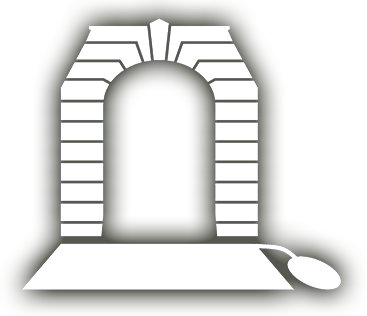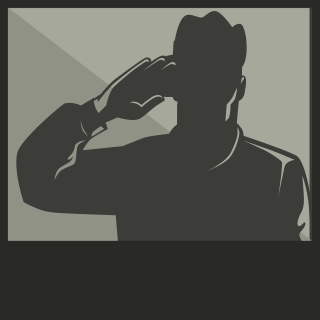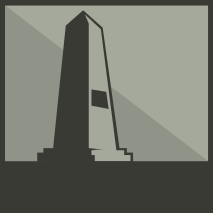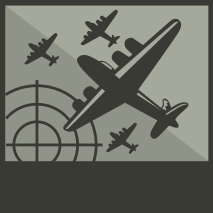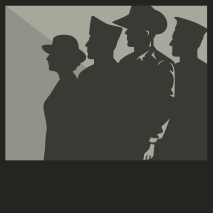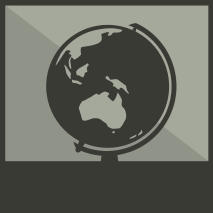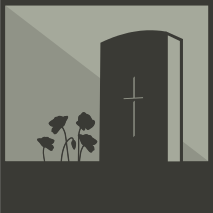SMITH, William Thomas James
| Service Number: | SX8115 |
|---|---|
| Enlisted: | 6 July 1940, Wayville, SA |
| Last Rank: | Lance Corporal |
| Last Unit: | 2nd/48th Infantry Battalion |
| Born: | Solomontown, South Australia, 20 December 1917 |
| Home Town: | Solomontown, Port Pirie, South Australia |
| Schooling: | Not yet discovered |
| Occupation: | Fettler |
| Died: | 5 March 2003, aged 85 years, cause of death not yet discovered, place of death not yet discovered |
| Cemetery: |
Centennial Park Cemetery, South Australia Lawn 3 Path 16 Grave 1260 |
| Memorials: |
World War 2 Service
| 6 Jul 1940: | Involvement Lance Corporal, SX8115 | |
|---|---|---|
| 6 Jul 1940: | Enlisted Wayville, SA | |
| 6 Jul 1940: | Enlisted Australian Military Forces (WW2) , Lance Corporal, SX8115, 2nd/48th Infantry Battalion | |
| 26 Oct 1945: | Discharged | |
| 26 Oct 1945: | Discharged Australian Military Forces (WW2) , Lance Corporal, SX8115, 2nd/48th Infantry Battalion |
Fettler to Fighter
William, born on the 20th December 1917 at Solomontown, to Florence Emily, was named after his father, William Henry James Smith. He had just the one sibling, a sister, Gladys. Solomontown is now recognised as a suburb of Port Pirie, having originally been a separate town with a railway line running along the outer boundary to the Port Pirie Smelters. Originally, the area was known as a Junction station, catering for the different gauge railway lines of South Australia and the Commonwealth Railways.
Bill’s parents had separated by the time he was a teenager. There were several choices for Bill to be employed, with workers essential for both the smelters and the railways. William became a fettler, with his work including repairing and maintaining the railway lines.
With the outbreak of WWII, 22-year-old William enlisted on the 18th June ’40 at the Pirie recruiting office at a similar time to Reynold Gilbert Keats SX8079. Both were allocated to the newly formed 2/48th Battalion. Initially they were grouped at the Wayville recruit depot (now the Royal Adelaide Showgrounds) before returning to spend a weekend in Pirie. Their initial training was at Woodside in the Adelaide Hills until they had pre-embarkation leave.
Another Pirie local, Max Dowling, had enlisted in November ’39 as SX1427 with the 2/10th Battalion. He was killed in action in Libya on the 8th May, ’41 aged 23.
A social was organised in the Parish Hall Supper Room in October for friends and relatives to farewell Bill. A band comprising a piano, violin and accordion provided music for dancing with varied items, including a ventriloquist, adding to the entertainment. A collection from those present was later handed to Bill before supper was served to conclude the evening. The Pirie Citizens Soldiers’ Reception Committee provided further funds.
Bill then boarded the Stratheden on the 7th November, arriving in the Middle east on the 17th December. In conditions starkly different from home, Bill had a tonsillectomy to prevent further throat infections in the dust, sand and desert conditions where flies and rats were a constant companion. Poor hygiene conditions also caused other infections related to his kidneys and were followed by an extremely high temperature (Pyrexia of Unknown Origin). On-going high temperatures and Pyelitis causing further hospitalisation in the following year. At this time Bill was also sheltering in hand-hewn underground dugouts when leaflets were dropped to encourage the men to surrender rather than living like rats. Inevitably, the soldiers seized on the term, unofficially claiming with pride the title of being Rats of Tobruk.
Finally, the battalion was able to head home, via Melbourne in February ’43 and enjoy much anticipated leave. Bill returned to Solomontown in March where a huge gathering of 49 returned soldiers were entertained at the Thumbs Up Hut by almost 200 parents, wives and relatives. The men, all dressed in uniform, heard messages of pride in their achievements, but a spokesman shared that they did not want to leave the job ‘half done’. The gathering was described as the brightest interlude since the start of the war. Praise was also given that "This country of seven million people has done remarkably well, for it has sent soldiers to every front in the war. If we had the same population as some of the older countries, Australia would be afraid of no enemy in the world. All present looked forward, anticipating the planning of the return of the men in the near future.
In the meantime, Bill headed to Queensland for further training in preparation for meeting a very different enemy in the tropical conditions of New Guinea. Bill arrived in Milne Bay in August. Six months later he developed Dengue fever before returning to Brisbane where he had several bouts of malaria and a return of the extremely high temperature that had previously affected him.
In the closing months of the war, he returned to Morotai and Tarakan, before finally returning to Brisbane to be discharged on the 26th October ’45 aged 27.
In December ’48 Bill was briefly engaged to 21-year-old Trixie Dowling, also of Port Pirie, sister of Max Dowling who had been killed at Tobruk in May ’41. However, by the following year he and Goldie Couani announced their engagement in August ’49, marrying in the Port Pirie Church of England in an evening service on the 27th August. During the war years, Goldie, from Napperby, had been an active fund-raiser with the Red Cross. Goldie and Bill subsequently had three children, Gary, Wayne and Dianne.
Perhaps with the change of address from that given at his enlistment, William did not receive the medals to which he was entitled until he applied 47 years later, in ’92 when living in Reynella. Aged 85 Bill died on the 5th March 2003 and now rests in the Centennial Park Cemetery, Lawn 3 Path 16 Grave 1260. Goldie lived to 89 and died in June 2015 and now also rests with Bill.
William is remembered on the Port Pirie WWII Memorial gates and the Pirie Garden of Memory War Cemetery.
Researched and written by Kaye Lee, daughter of Bryan Holmes, SX8133, 2/48th Battalion.
Submitted 11 August 2025 by Kaye Lee

